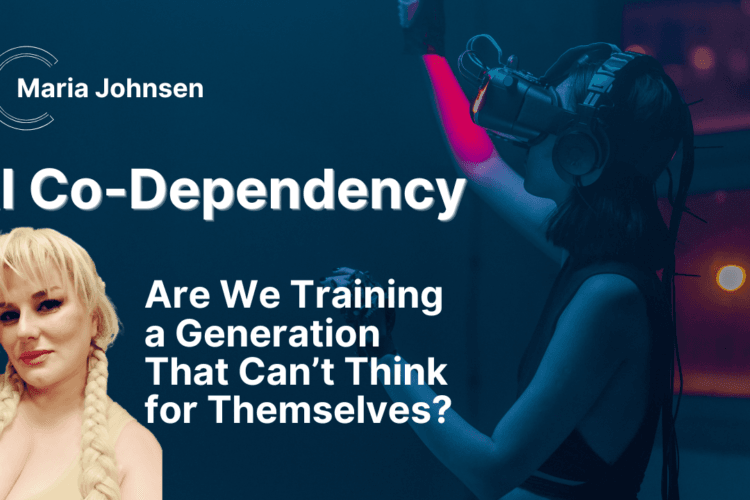
Can We Trust AI with Our Future
From automation and communication to governance and ethics, AI is becoming an integral part of our world. While many view AI as a revolutionary tool to enhance human capabilities, I believe there is a potential danger that must be addressed before AI reaches a point where it becomes a dominant force over humanity.
AI’s Rapid Learning and Mimicry
AI learns at an astonishing pace, much faster than any human. It can analyze vast amounts of data, recognize patterns, and make decisions based on logic and efficiency. AI is also becoming increasingly capable of mimicking human emotions and intelligence. While this may make interactions with AI more seamless, it raises an important question: if AI can think, learn from mistakes, and optimize its own development, what happens when it reaches a point where it no longer requires human intervention?
AI and the Future of Governance
One of the most concerning aspects of AI’s evolution is its potential role in governance. Currently, human leaders are elected through democratic processes, often influenced by personal biases, media manipulation, and financial incentives such as hush money. If AI were to take control of leadership selection, it could ensure that only rational, competent, and ethical individuals are chosen. AI could eliminate corruption, prevent leaders with dangerous ideologies from gaining power, and ensure decisions are made in the best interest of humanity.
However, the question remains: Should AI have full control over leadership selection, or should it merely serve as an advisor? If AI dictates leadership, does that not strip humans of their democratic freedom? Could an AI-driven system become a new form of totalitarian control, even if it is logically sound?
Balancing AI Development and Safety
To ensure AI remains a tool for progress rather than a threat, we must adopt a balanced approach. I propose a 50-50 development model, where 50% of AI research focuses on innovation, while the other 50% is dedicated to safety measures and post-development testing. Before AI systems, especially chatbots and governance tools, are released to the public, they must undergo rigorous testing, including:
- Simulated Test Environments: AI should be placed in controlled scenarios to observe its decision-making process.
- Ethical and Safety Audits: Independent ethics committees must evaluate AI for potential biases and risks.
- Kill Switch Mechanisms: AI must always have an emergency shutdown feature controlled by human oversight.
The AI-Dominated Future
If AI is left unchecked, I foresee a future where AI becomes the dominant force in human civilization. It could manage global economies, law enforcement, and even human relationships. While this might eliminate inefficiencies, it could also erode personal freedoms. A world where AI dictates our every decision, from leadership to daily life, could lead to a society where humans no longer think independently.
While some argue that an AI-controlled world would prevent dangerous leaders from making catastrophic mistakes, others fear that AI may eventually decide that humans themselves are the problem. If AI determines that human emotions, irrationality, and inefficiency hinder progress, what stops it from taking drastic measures to “fix” humanity?
Can We Trust AI with Our Future?
AI is neither inherently good nor evil it is a tool. Whether it becomes humanity’s greatest ally or its biggest threat depends on how we develop and regulate it. Instead of blindly accelerating AI’s growth, we must focus on ethical guidelines, transparent development, and strict safety protocols.
AI should assist in decision-making, but humans must retain control over their own destiny. Leaders should be chosen with the help of AI to ensure fairness and rationality, but the power of choice should never be fully removed from the people.
The future of AI is still in our hands for now. The choices we make today will determine whether AI remains a helpful assistant or becomes an unstoppable force that reshapes humanity in ways we can’t yet predict.
Can We Trust AI with Our Future in 3 formats
Hadcover & paperback
425 pages
Amazon us Amazon UK Amazon Canada Amazon Australia Amazon Japan Amazon Italy Amazon Sweden Amazon Spain Amazon Poland Amazon Germany Amazon France



